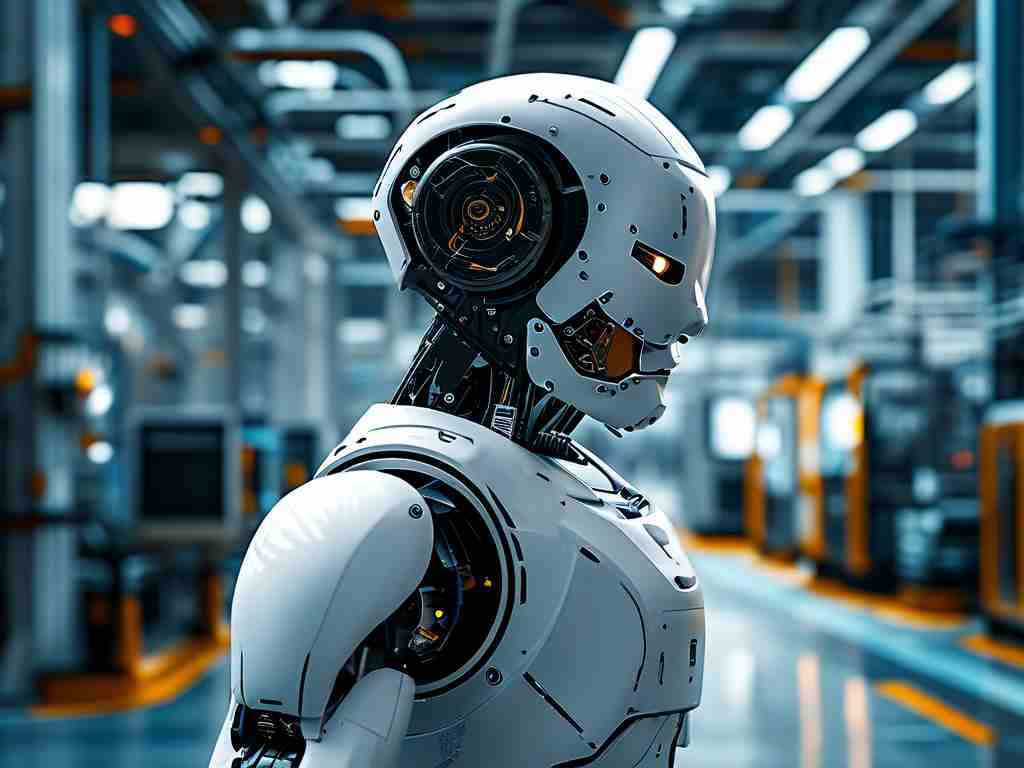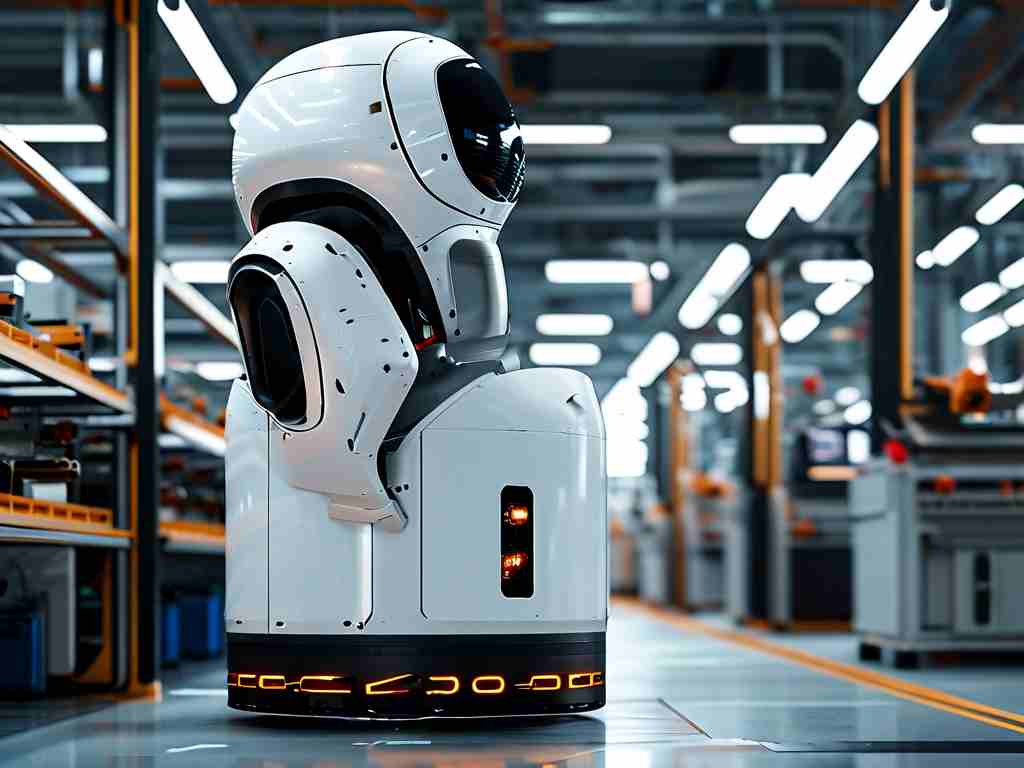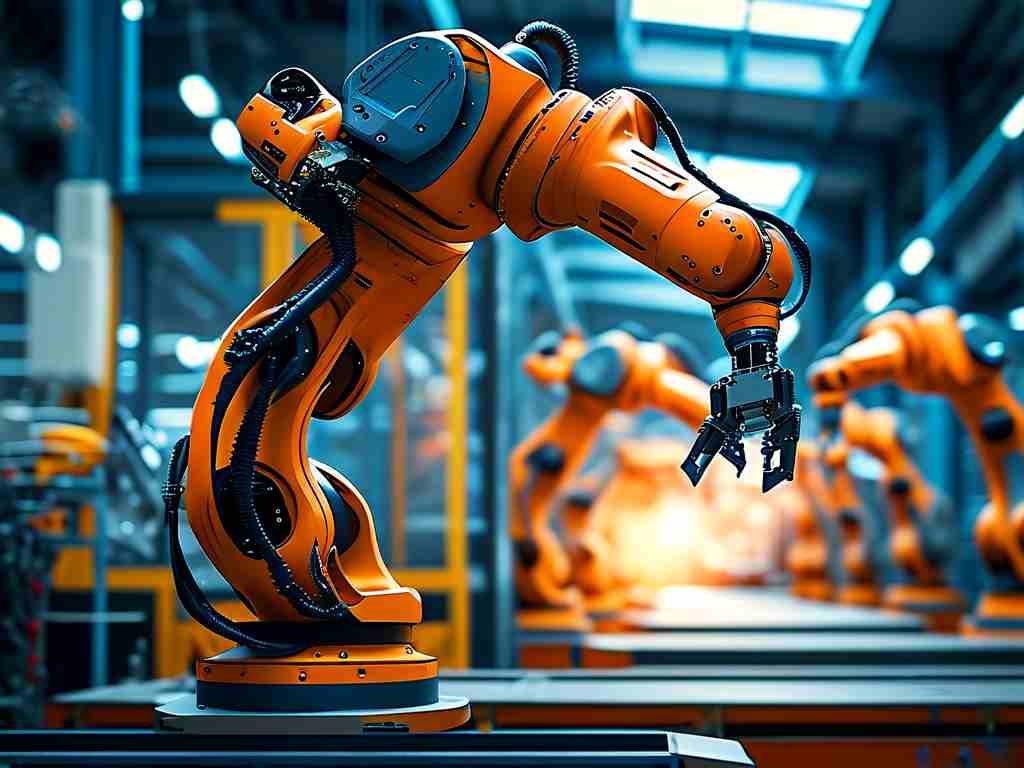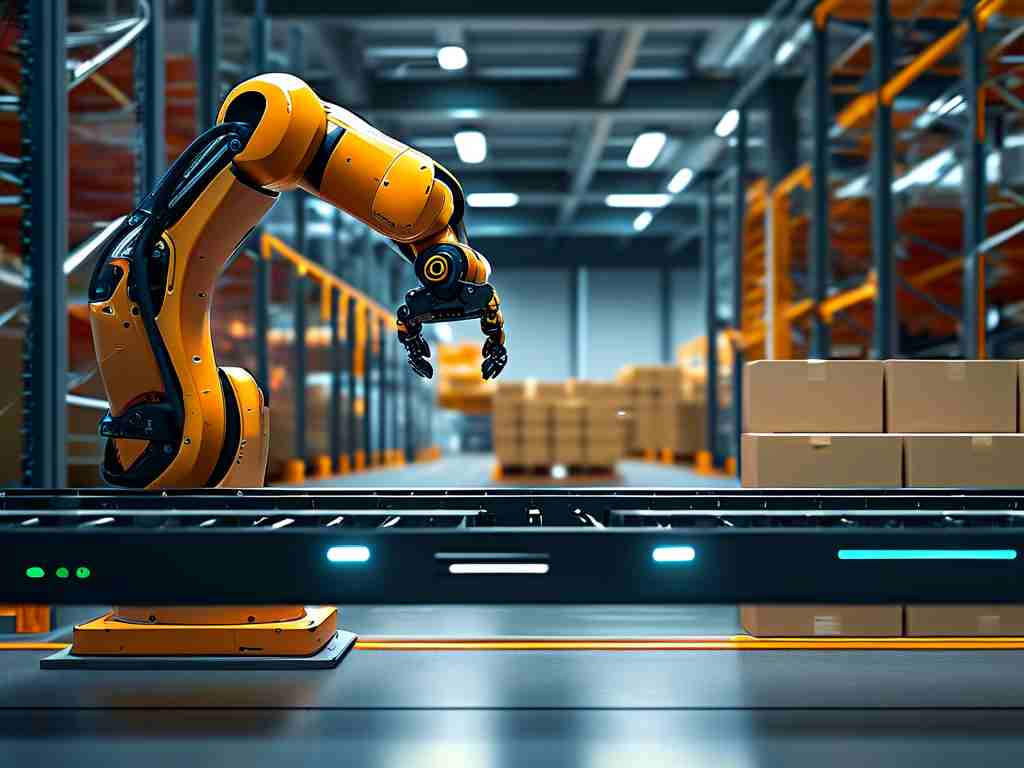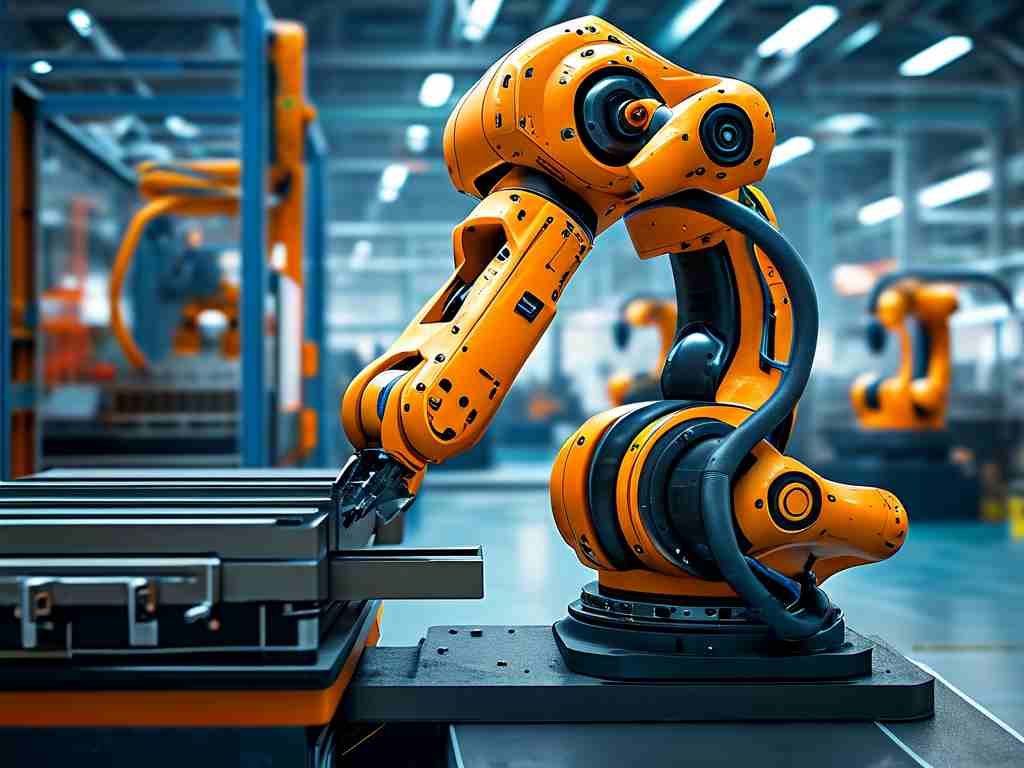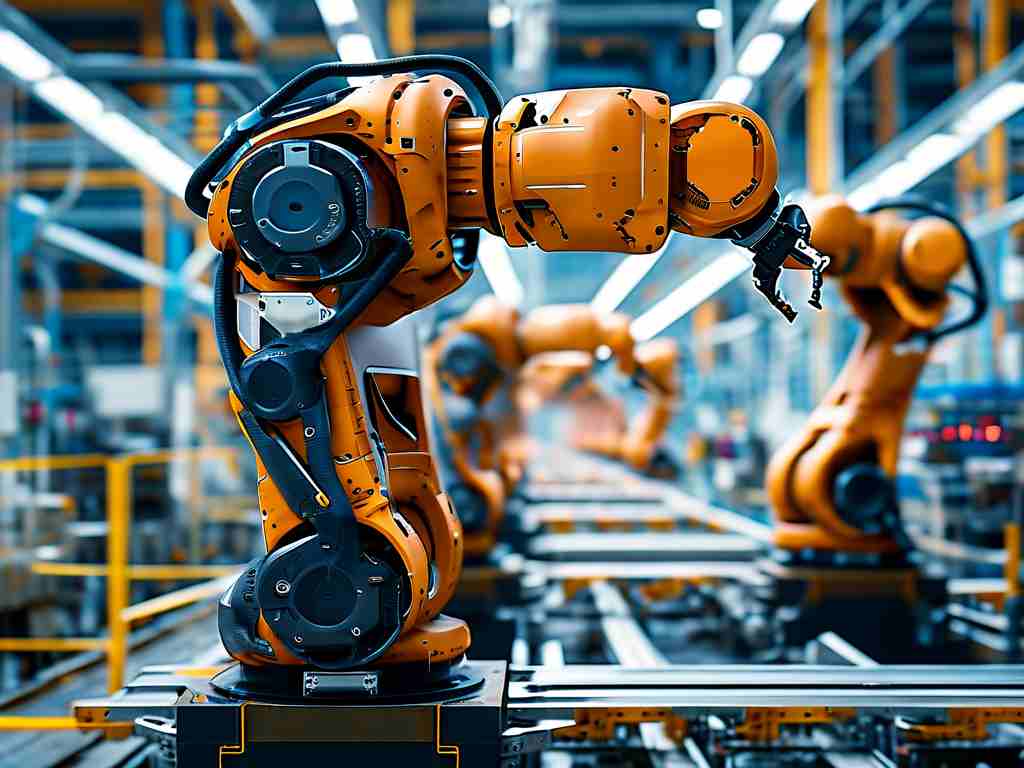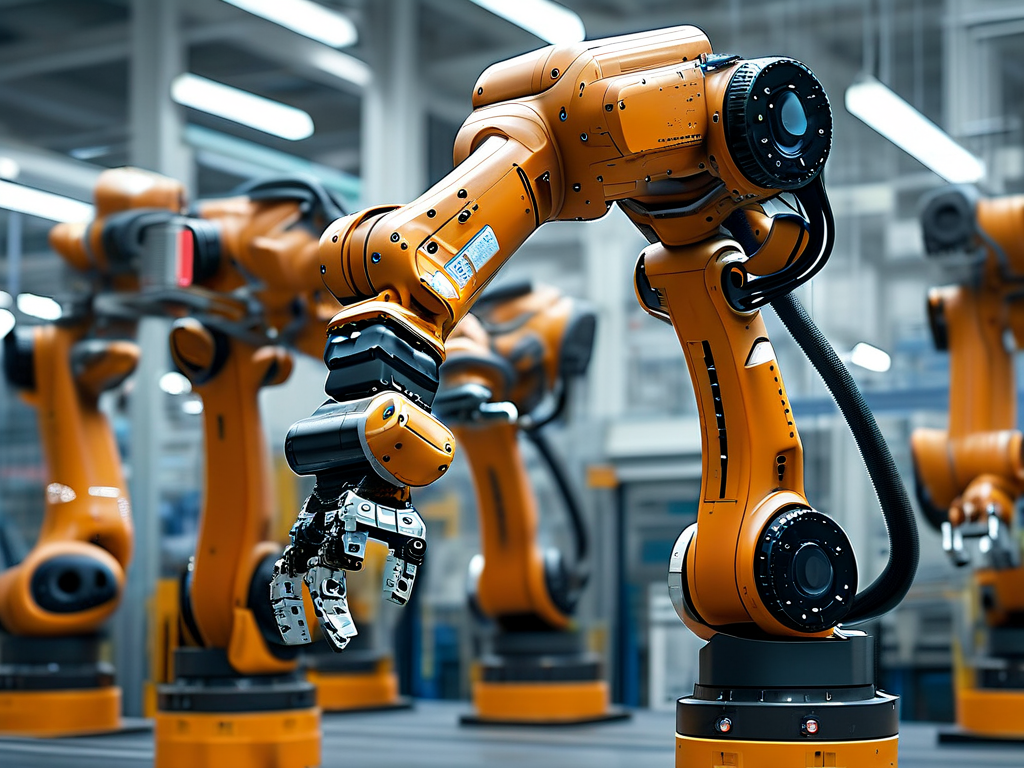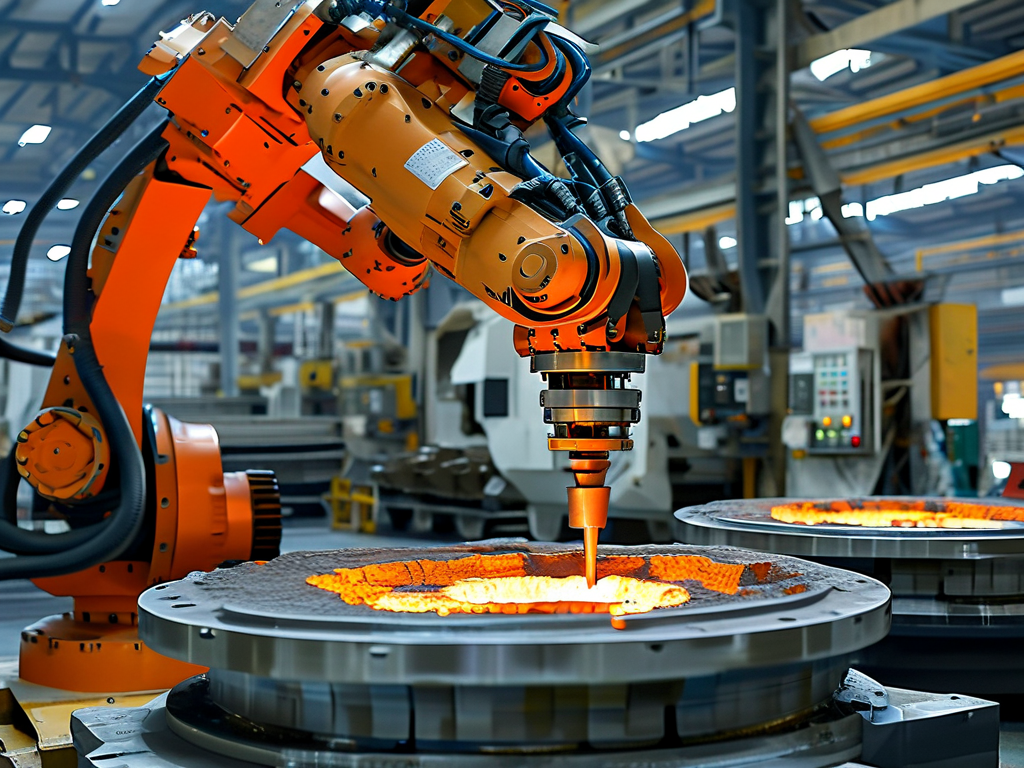The integration of industrial robot technology kits has become a cornerstone of modern manufacturing, offering precision and adaptability in production environments. These kits combine hardware components, software interfaces, and advanced vision systems to streamline operations. This article explores their core features, implementation strategies, and emerging trends shaping the industry.

Core Components of Industrial Robot Kits
A standard industrial robot technology kit typically includes articulated arms, servo motors, motion controllers, and specialized end-effectors. For instance, modular grippers designed for multi-task operations enable machines to handle objects ranging from delicate circuit boards to heavy automotive parts. The inclusion of force-torque sensors allows robots to adjust pressure dynamically—a critical feature for assembly lines requiring micron-level accuracy.
Vision systems form another vital layer, often comprising high-resolution cameras, infrared sensors, and machine learning algorithms. A recent case study at a German automotive plant demonstrated how 3D vision-guided robots reduced part misalignment errors by 62% during engine assembly. These systems utilize real-time image processing to identify workpiece orientations, even in low-light or cluttered environments.
Implementation Challenges and Solutions
While deploying robot technology kits offers clear advantages, enterprises often face integration hurdles. Legacy machinery compatibility remains a persistent issue, particularly in factories using decade-old CNC equipment. To address this, manufacturers like FANUC now offer retrofit kits with universal communication protocols (e.g., OPC UA) that bridge data gaps between old and new systems.
Safety protocols also demand careful planning. Collaborative robot (cobot) kits increasingly incorporate LiDAR-based zone monitoring, creating virtual boundaries that trigger speed reductions when human workers approach. This dual-layer protection—combining hardware sensors with software safeguards—has been instrumental in achieving OSHA compliance across U.S. manufacturing facilities.
Vision Systems: The Eyes of Automation
Modern robotic vision kits employ hybrid architectures blending traditional edge detection with convolutional neural networks (CNNs). A food packaging company in Japan recently implemented such a system, training AI models to detect defective seals on snack bags with 99.3% accuracy. The setup uses multi-spectral imaging to analyze material integrity beyond visible light spectrums—capable of identifying air leaks through thermal patterns.
Augmented reality (AR) overlays are emerging as a game-changer for maintenance teams. Technicians wearing smart glasses can view real-time diagnostics from robot kits, including motor temperature readings and vibration analytics. This hands-free interface reduces equipment downtime by enabling faster fault diagnosis—Denso reported a 40% improvement in repair efficiency after adopting similar systems.
Future Trends and Industry Projections
The next generation of robot technology kits emphasizes swarm intelligence and 5G connectivity. Researchers at MIT recently demonstrated a fleet of warehouse robots that autonomously optimize delivery routes through distributed computing—each unit sharing positional data via mesh networks. This approach eliminates central server dependencies, significantly boosting system resilience.
Energy efficiency is another growing focus area. ABB’s latest robot kit prototype incorporates regenerative drives that convert braking energy into reusable power, cutting overall consumption by up to 30%. As global sustainability mandates tighten, such innovations will likely become standard in industrial automation packages.
From automotive welding to pharmaceutical sorting, industrial robot technology kits continue to redefine production paradigms. By combining mechanical precision with intelligent vision systems, these solutions not only enhance operational efficiency but also create safer, more adaptable manufacturing ecosystems. As AI and IoT technologies mature, the boundary between human expertise and machine capability will keep evolving—ushering in an era where collaborative automation becomes the norm rather than the exception.


